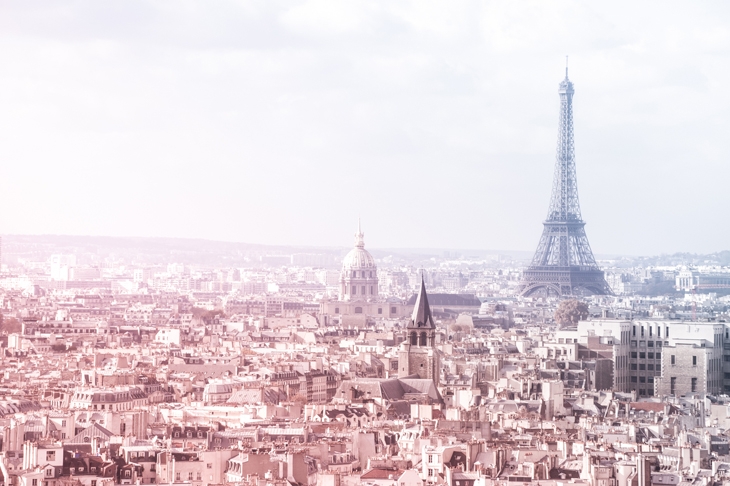At the start of this novella the protagonist, Thibaut, is ambushed by Wehrmacht soldiers between the ninth and tenth arrondissements. That the year in 1950 is not the strangest aspect, as he is rescued by the appearance of the Vélo, a bicycle-like contraption with a queasily organic prow. It is, in fact, a living version of Leonora Carrington’s 1941 sketch ‘I Am an Amateur of Velocipedes’. In this initially joyous, fundamentally chilling book, the art of the surrealists has been weaponised in the fight against Nazism. Surrealism billed itself as a liberation; now is it part of the Liberation. ‘New Paris’ is stalked by versions of André Breton’s ‘Exquisite Corpse’, sunflowers from Dorothea Tanning, Grace Pailthorpe’s ‘Sandbumtious’ and Max Ernst’s ‘Celebes’ — abbreviated as ‘manifs (demonstrations).The Eiffel Tower is still there, damaged, with only its top floating extant. The Nazis have difficulty fighting back. Paris is contained and they are losing the aesthetic arms race, given how imitative and second-rate fascist art is.

Get Britain's best politics newsletters
Register to get The Spectator's insight and opinion straight to your inbox. You can then read two free articles each week.
Already a subscriber? Log in






Comments
Join the debate for just £1 a month
Be part of the conversation with other Spectator readers by getting your first three months for £3.
UNLOCK ACCESS Just £1 a monthAlready a subscriber? Log in